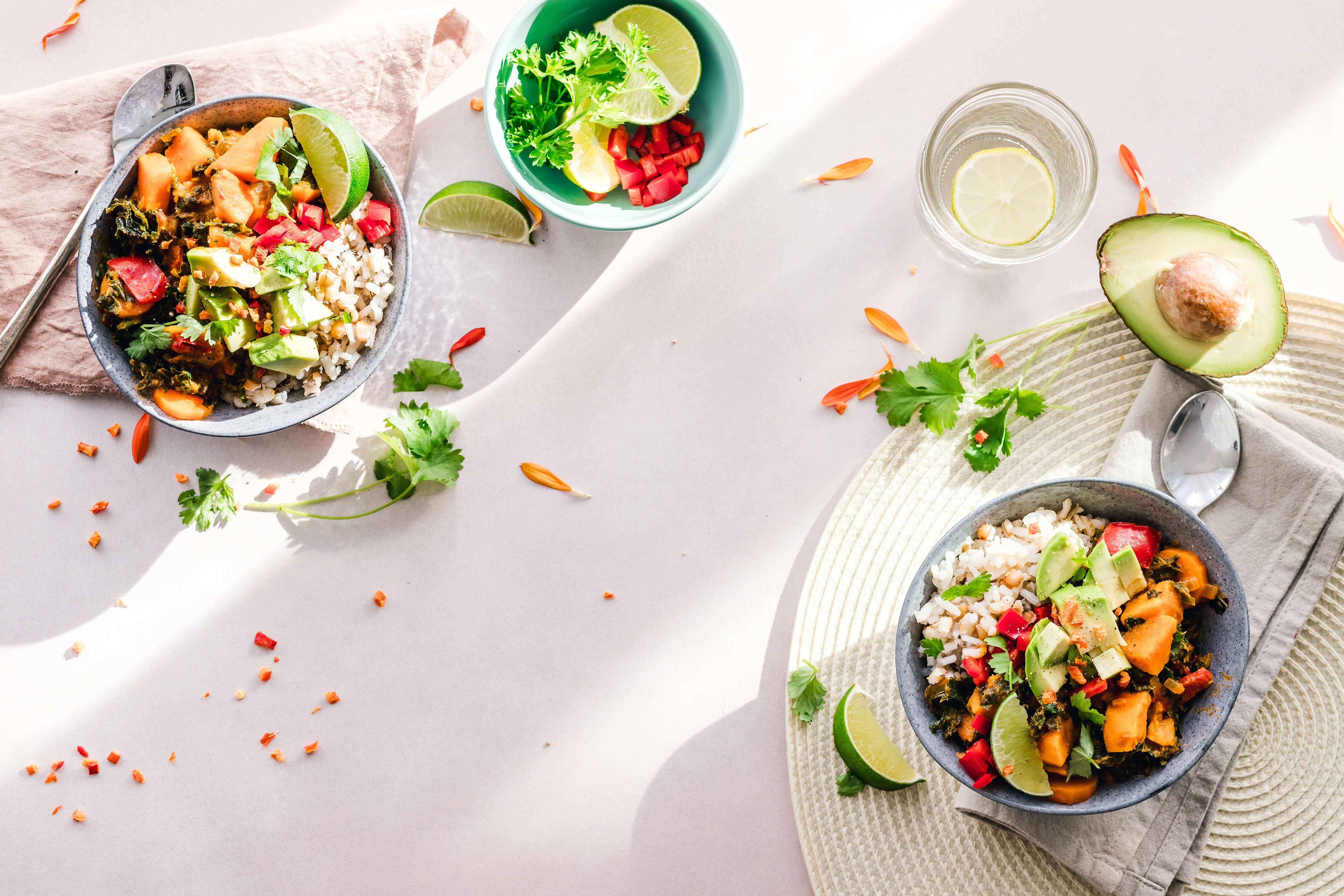There are dozens of terrifying stats about alcoholism that can scare someone into going sober, but let’s stick with this one: 88,000 people in the United States die from alcohol-related causes every year.
This fact makes alcohol the third leading cause of preventable death in the US.
That should be reason enough to kick your excessive drinking habit to the curb. Unfortunately, quitting alcohol isn’t always that easy. You may need a few alcohol prevention tricks up your sleeve to avoid temptation.
3 Alcohol Prevention Tips to Kick Your Old Drinking Habits to the Curb
So whether you’re trying to quit alcohol for good, or wanting to cut back on the amount of alcohol you drink, read on for some helpful tips on avoiding alcohol.
1. Recognize the Signs of Alcoholism:
Quitting the use of alcohol may be as simple as “putting your mind to it” for some people. But if you suffer from alcoholism, you won’t have it that easy. That’s why it’s important to recognize the signs and stages of alcoholism.
These signs include:
- Drinking everyday
- Blacking out when you drink
- Extreme mood swings
- Attempting to hide your drinking from loved ones
- Drinking alone
- Neglecting other responsibilities in favor of drinking
- Feeling sick when not drinking
If you exhibit these signs, know that your journey to an alcohol-free life might require additional tools, such as checking into rehab or attending support groups.
2. Keep Alcohol Out of the House:
“Out of sight, out of mind”.
When people go on diets, one of the first things they’ll do is get rid of all of the junk food in the house. If they didn’t do that, it would be difficult to keep their mind off of the delicious cookies in the pantry, and they would probably end up eating them.
The same can be applied to alcohol. If you are quitting alcohol to improve your health and quality of life, it doesn’t necessarily mean that you don’t still love to drink alcohol. So if there are several bottles of liquor in your house, you might have trouble keeping from drinking it.
To prevent that from happening, gather all of the alcohol in your house and give it to a friend that’s a responsible drinker.
3. Make Sober Friends:
Over the years, you’ve probably made a ton of friends through your drinking habit. You may even have friends that only have one thing in common with you: drinking alcohol.
While you don’t need to cut off all of your friends that drink alcohol regularly, it’s a good idea to hang out with friends who don’t drink. You may already have some, so just give them a call and invite them over for dinner!
If you don’t have any sober friends, consider joining an in-person or online sober community group. Seek out people in your area who are sober and start hanging out with them. You’ll be surprised by how much fun you can have with friends without partaking in binge drinking.
Be Realistic About Alcohol Prevention:
No one knows your strengths and weaknesses better than you do. If you know that going to a bar with friends will definitely lead to you getting a drink, then don’t go to a bar. Be real with yourself about alcohol prevention and remove as much temptation from your life as you can.
Now that you’re kicking your drinking habit aside, it’s time to improve other aspects of your health! Check out our health blog today for more helpful tips and tricks.
Read Also:






















